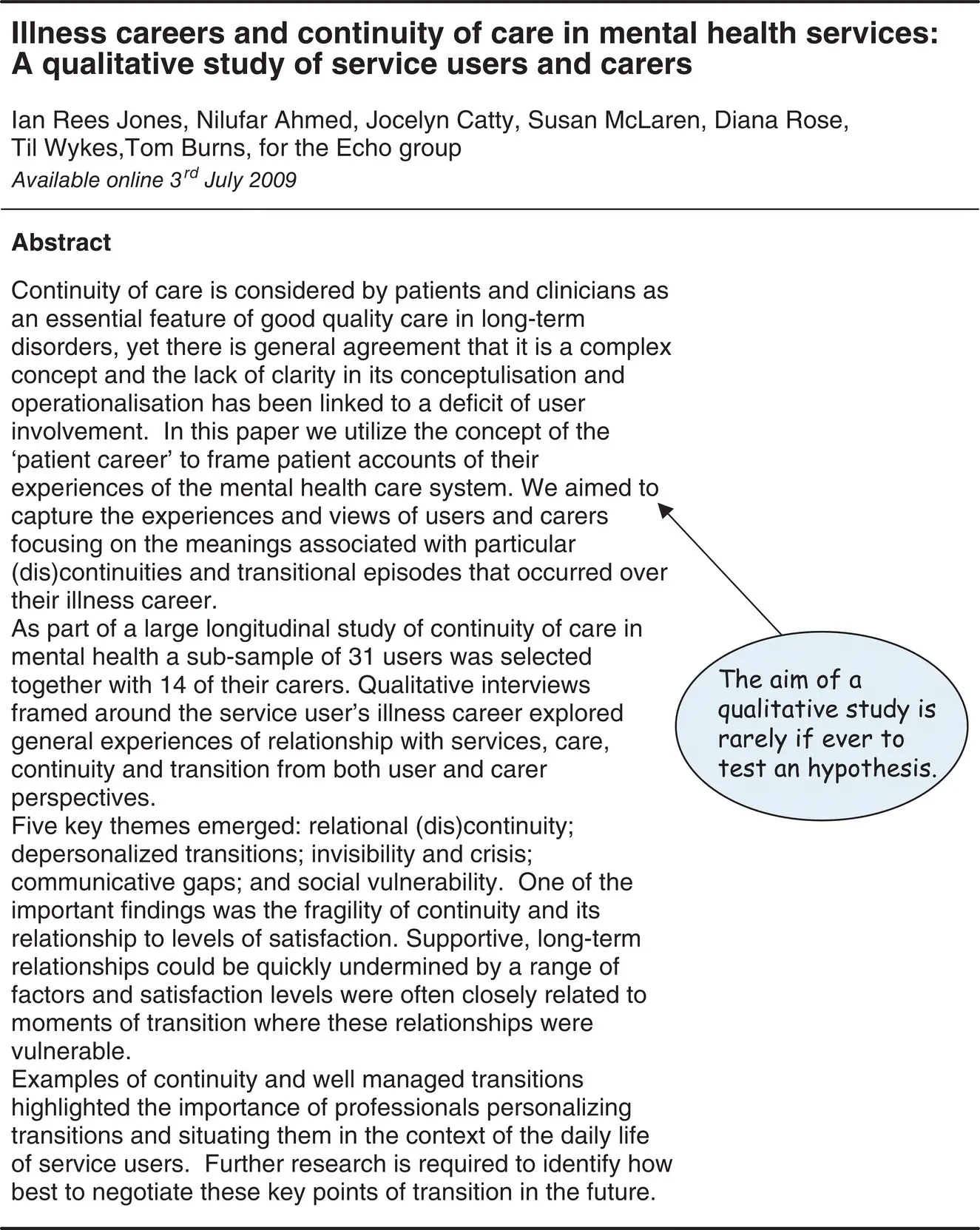David Bowers - Understanding Clinical Papers
Здесь есть возможность читать онлайн «David Bowers - Understanding Clinical Papers» — ознакомительный отрывок электронной книги совершенно бесплатно, а после прочтения отрывка купить полную версию. В некоторых случаях можно слушать аудио, скачать через торрент в формате fb2 и присутствует краткое содержание. Жанр: unrecognised, на английском языке. Описание произведения, (предисловие) а так же отзывы посетителей доступны на портале библиотеки ЛибКат.
- Название:Understanding Clinical Papers
- Автор:
- Жанр:
- Год:неизвестен
- ISBN:нет данных
- Рейтинг книги:3 / 5. Голосов: 1
-
Избранное:Добавить в избранное
- Отзывы:
-
Ваша оценка:
- 60
- 1
- 2
- 3
- 4
- 5
Understanding Clinical Papers: краткое содержание, описание и аннотация
Предлагаем к чтению аннотацию, описание, краткое содержание или предисловие (зависит от того, что написал сам автор книги «Understanding Clinical Papers»). Если вы не нашли необходимую информацию о книге — напишите в комментариях, мы постараемся отыскать её.
Understanding Clinical Papers — читать онлайн ознакомительный отрывок
Ниже представлен текст книги, разбитый по страницам. Система сохранения места последней прочитанной страницы, позволяет с удобством читать онлайн бесплатно книгу «Understanding Clinical Papers», без необходимости каждый раз заново искать на чём Вы остановились. Поставьте закладку, и сможете в любой момент перейти на страницу, на которой закончили чтение.
Интервал:
Закладка:
The need to refute rather than prove an hypothesis is similarly based on a technical point – about the nature of scientific evidence. In fact, nearly everybody now states their hypotheses in a straightforward way, as an interesting question framed in everyday language. The English doesn't have to be difficult to follow for the science to be right!
OBJECTIVES THAT ARE NOT HYPOTHESIS TESTING
Not all questions are framed as hypotheses, even in quantitative research. For example, in a study examining the rate of antibiotic resistance among post‐operative wound infections the authors might have no definite rate in mind.
And many studies are not designed to test hypotheses at all – for example some are designed to generate new ideas and questions for future research. This is especially true of qualitative research, which is generally speaking more exploratory – asking a question when we might not know what answers to expect and where we don't want to measure something but to understand its nature. In other words, although qualitative studies do not usually test hypotheses, they are still designed to answer a question. For example, in the study illustrated in Figure 3.3the researchers were asking the question: ‘What do people with progressive life‐limiting illness want to know about their condition – for example about its consequences and its treatment?'

Figure 3.3 The (structured) Abstract of a qualitative study, starting with an implicitly stated question.
Source: From Selman et al. (2009), © 2009 BMJ Publishing Group Ltd.
In other cases it can be harder to see exactly what the question is. For example, the study illustrated in Figure 3.4talks about capturing experiences and views of service users and carers, which doesn't sound like an objective, but perhaps a general aim. However, if you read the rest of the paragraph in this Abstract it becomes clearer that there is a more specific question, if quite a complex one: ‘Is the idea of a patient career useful in helping us to organize our thoughts about how service users describe their experiences of mental health services?'

Figure 3.4 The aim of the qualitative study.
Source: From Jones et al. (2009), © 2009 Elsevier.
A particular type of objective is to develop new hypotheses for testing in future research, so‐called hypothesis‐generating. Sometimes hypotheses are generated by subgroup analysis and post‐hoc examinations of the data produced by quantitative research ( Figure 3.5). Hypothesis generation of this sort should be regarded as unreliable, but, for all that, it may produce interesting ideas. Be careful to look out for it, because some authors present these as established results rather than ideas for future work.

Figure 3.5 New subgroup analysis in report of an RCT.
Source: Reproduced from O'Connor et al. (2017). Licensed under CC BY 4.0.
STUDIES WITH UNCLEAR OBJECTIVES
If you cannot find a mention of the study's objectives expressed as aims or specific questions, you may yet be able to find them expressed in less clear‐cut ways. Examples include ‘exploring associations' or (worse) ‘examining issues'. You will need to be particularly careful about studies with such vague objectives: because they are not asking a specific question, it is not easy to tell whether the results are meaningful. Quantitative studies with unclear prior questions can produce results that are due to chance – especially as a result of post‐hoc or multiple testing. Qualitative studies, when they start without a clear question, do not tend to produce misleading results as much as uninteresting ones.
As a final note, we want to say something about why we think it's worth so much effort to clarify the exact aims and objectives of a study. To do so, we will outline a small thought experiment. Suppose you are working as a general medical practitioner and a mother brings a child to you, saying she is worried that he is not growing and is shorter than all his peers. The appropriate initial response would be a piece of quantitative research to answer the question: ‘Is this boy short for his age?' You would measure his height, checking it against suitable norms.
Suppose now you see another child whose mother is worried that he seems unhappy and withdrawn, but she does not understand why that should be. You are likely to want to undertake some qualitative research – asking him in a relaxed and unstructured but purposeful way whether he does indeed feel unhappy, and if so why? In other words you match the design of your inquiry to the question you are asking . Now, it would be possible to have a chat with the first boy and ask him his experiences of growing up and being (perhaps) on the short side, and you could give the second child an age‐appropriate standardized mood rating scale. You will have produced results but not answers because in neither case would your method of inquiry be appropriate to your (or the mother's) specific prior questions.
These examples introduce another question often asked of researchers: where do the aims and objectives come from? Of course, the answer is often that they come from gaps in our knowledge or theories. However, another interesting possibility is that they come from, or at least are influenced by, the views and experiences of people with personal experience of the condition being researched. This is one of the main functions of what is often called Public and Patient Involvement (PPI for short) in research – making sure that the objectives of research and the way those objectives are met will be of relevance to the ultimate consumers of research findings.
We hope that when you read research reports you will therefore have in mind your own queries: are the aims and objectives clear, and is the researchers' chosen method the best one to meet their aims and objectives?
CHAPTER 4 Descriptive Studies: Qualitative
Once you are clear about the aims and objectives of a study, and any hypotheses that have been posed, the next important question to ask is: ‘What sort of study did the authors undertake?' The various kinds of study design that are commonly found in clinical journals form the subject of this chapter and Chapters 5– 11– starting here with qualitative studies. Quantitative research, and its subcategories of design, is described across Chapters 5– 7. Chapter 8goes on to describe so‐called mixed methods studies, where the qualitative and quantitative approaches are combined in various ways, and Chapter 9singles out what are called complex intervention studies for particular attention. The last two chapters in this section ( Chapters 10and 11) deal with reviewing and combining primary research studies to form secondary reviews.
QUALITATIVE RESEARCH
Qualitative research has proliferated greatly since the 1990s as a method for investigating illness and healthcare, becoming a regular feature in most good clinical journals. In general, the method involves observation of people's experience of illness and of healthcare, or examines how they are managing ill‐health or diagnostic investigation, without attempts to manipulate or alter either health or its care – an approach sometimes called naturalistic research. The data collected, analysed, and described in the report of a qualitative study will be based on words rather than numbers. These data are usually collected by way of carefully arranged conversations with the people concerned or, less often, from diaries or other accounts, or through direct observation of their experiences.
Читать дальшеИнтервал:
Закладка:
Похожие книги на «Understanding Clinical Papers»
Представляем Вашему вниманию похожие книги на «Understanding Clinical Papers» списком для выбора. Мы отобрали схожую по названию и смыслу литературу в надежде предоставить читателям больше вариантов отыскать новые, интересные, ещё непрочитанные произведения.
Обсуждение, отзывы о книге «Understanding Clinical Papers» и просто собственные мнения читателей. Оставьте ваши комментарии, напишите, что Вы думаете о произведении, его смысле или главных героях. Укажите что конкретно понравилось, а что нет, и почему Вы так считаете.












